Under the Sun
I can’t wait to see the sun again!” How often do we find ourselves saying this during the winter months only to lather ourselves and our children with sunscreen to protect us from the same life-giving rays we so desperately craved only months before?
WHY WE NEED THE SUNSHINE VITAMIN
Sunshine doesn’t just feel great; it’s a vital component of healthy living. With over 3,000 binding sites for vitamin D in every cell, we are designed to soak up enough rays to produce the vitamin D we require for optimum health and cell function. The good news is that we really don’t need to do much; our body takes care of everything. By simply getting adequate exposure to the sun, UVB rays interact with cholesterol in our skin (this is why cholesterol-lowering drugs make it more difficult to produce enough vitamin D) and are converted in our liver and kidneys … and ta-da!
THE PROBLEM WITH SUNSCREEN
The problem is that we rarely allow that natural process to occur. A culture of fear regarding sun exposure has been bred, with fears of cancer and premature aging keeping people out of the sun. Sunscreen blocks UVB rays that cause sunburns, but it also blocks the production of vitamin D in the process. In addition, we gain a false sense of security because no burn is present, but UVA rays are still able to penetrate the skin more deeply, causing free radical damage and DNA mutation. All of this contributes to the development of cancer. So why not just use a full-spectrum sunscreen and avoid all the controversy? Most sunscreens, even full-spectrum ones, fall far short of entirely blocking out UVA rays, leaving the skin exposed to the damage caused by UVA penetration.
IS THE SUN A FRIEND OR FOE?
The question we should ask is how can something our body requires for both optimal health and life be so horrible for us. Of course, in excessive amounts, damage can occur, but that’s no different than taking in excessive amounts of water — it’s called drowning. It doesn’t make sense to stay in the sun for long periods of time and burn the skin. This is a no-no and adds to the potential for problems long term. But that doesn’t mean we can’t be exposed to sunlight without sunscreen for 10 to 15 minutes if our skin is fair, and even longer if we have darker skin types. In fact, the Canadian Cancer Society suggests that the best way to get sufficient vitamin D is through supplements and spending brief periods of time in the sun.
According to the World Health Organization, malignant melanoma, the deadliest form of skin cancer, is more prevalent with indoor versus outdoor workers and most often found on areas of the skin that are not exposed to UV rays. A 2008 study in the European Cancer Journal confirmed that melanoma patients who were exposed to more sunlight prior to diagnosis had better survival rates than those patients who had less exposure. The sun is not our enemy. There’s a reason our body has the mechanisms for protection built in. It’s intelligent. It’s designed to make melanin (and a tan) to absorb UV rays.
Bottom Line
Our first line of defence against sun damage is eating a healthy diet to create adequate antioxidants and a balanced omega 3:6 ratio to reduce our chances of burning. The next best thing is to stay in the sun until the skin is pink and then do one of three things: move inside, find shade or stay outside and cover up with a hat and clothes. If you need to be in the sun for extended periods of time, use a sunblock with zinc oxide as its main active ingredient.
Jamie Richards
Guest health Editor
Dr. Jamie Richards is the CEO of Life By Design Inc. and host of top health podcasts “Life By Design Worldwide” and “My Practice Rules.” Dr. Richards also leads two busy family chiropractic practices and a successful CrossFit facility in Ontario.
www.lifebydesignapproved.com










































































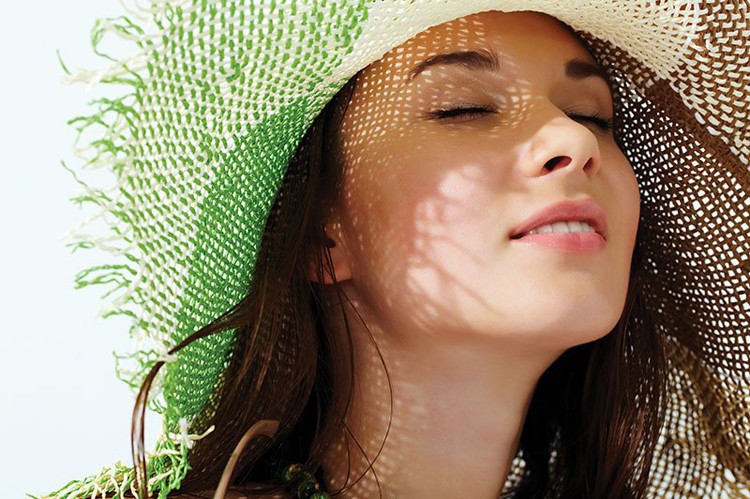
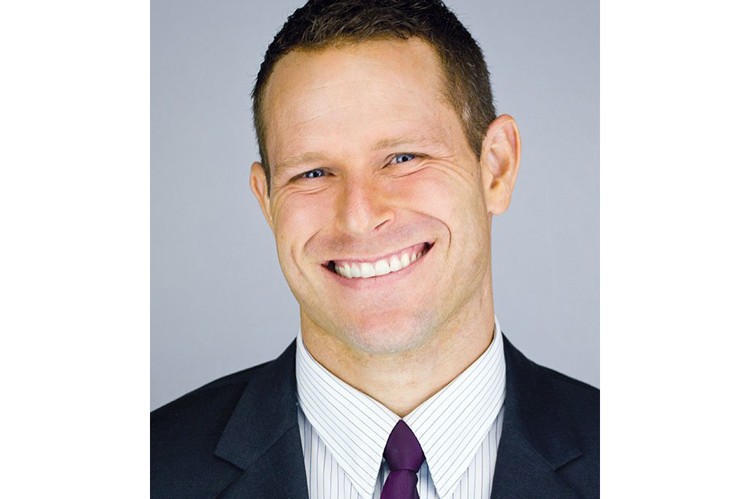
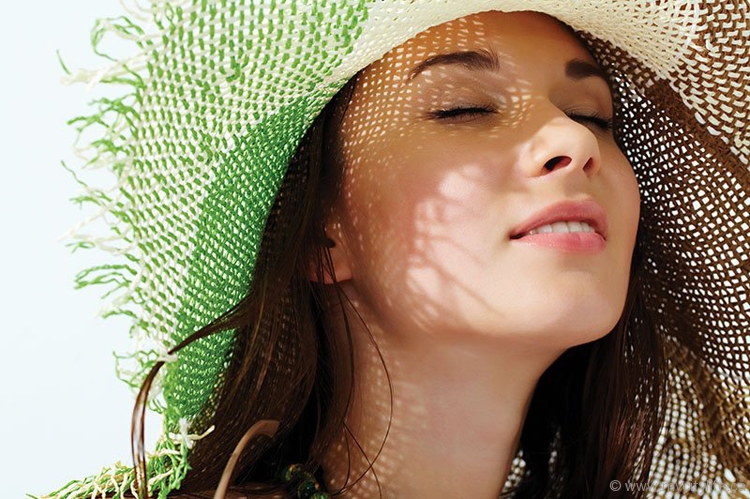



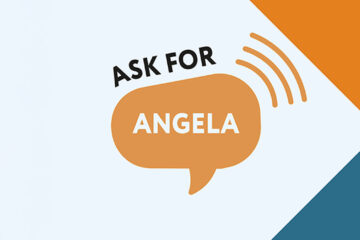
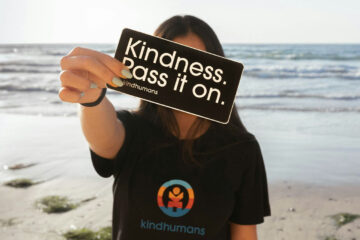
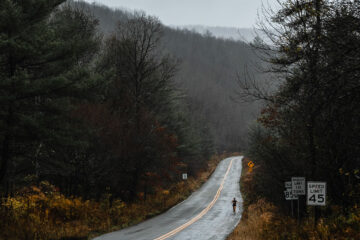
No Comment